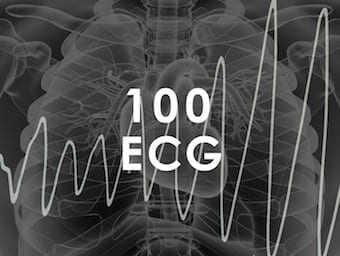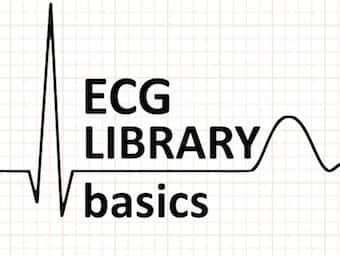
ECG Case 134
Crushing chest pain and diaphoresis. New inferior Q waves and T-wave inversion, yet this is a normal ECG. Can you explain why?

Crushing chest pain and diaphoresis. New inferior Q waves and T-wave inversion, yet this is a normal ECG. Can you explain why?

These ECGs are from a 58 yr old male reviewed in a rural setting, approximately ~2500 km from the nearest tertiary centre. Describe and interpret these ECGs. LITFL Top 100 ECG
Christopher Watford contacted the LITFL team with a query regarding a Visual Aid Question (VAQ) from the first sitting of the 2007 examination ACEM examination. We set about investigating the query using the power of social media… For me, this…

Asymptomatic adult patient. Routine ECG. Describe and interpret the ECG. LITFL Top 100 ECG. dextrocardia or limb lead reversal

ECG features of Upper Limb Lead reversal - left arm/right arm lead reversal. Einthoven's triangle flips 180 degrees horizontally around an axis formed by lead aVF.

A review of the different types of limb lead reversal with some excellent example ECGs and Einthoven's triangle explanation

ECG Features of Dextrocardia: Including RAD; Positive QRS complexes; Absent R-wave progression; and global negativity